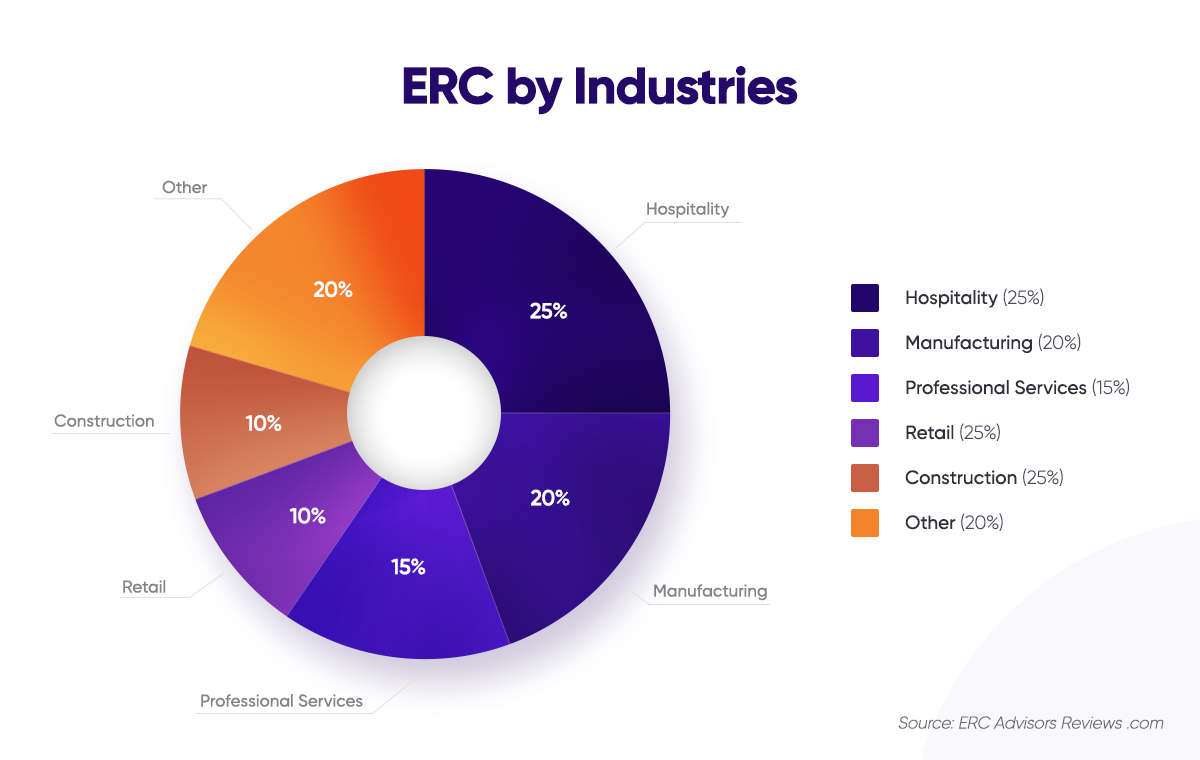In this guide, we will provide a comprehensive overview of the Employee Retention Credit (ERC) and how it works. We will also discuss how you can maximize the benefits of this program and ultimately improve your bottom line by employing an experienced tax advisor.
What is the Employee Retention Credit?
The ERC is a tax credit that was introduced in 2020 as part of the Coronavirus Aid, Relief, and Economic Security (CARES) Act. The credit is designed to incentivize employers to keep employees on the payroll despite the financial challenges brought on by the pandemic.
Initially, the credit was set to expire at the end of 2020. However, it was extended multiple times and is still available.
Who is Eligible for the Employee Retention Credit?
To be eligible for the ERC, you must meet the following criteria:
- You must have experienced a significant decline in gross receipts in 2020 or 2021 compared to a prior year.
- You must have had operations fully or partially suspended due to a COVID-19 related government order.
- You must have paid wages to employees during the applicable time period.
It’s important to note that businesses of all sizes can qualify for the credit, including tax-exempt organizations. However, there are certain limitations based on the number of employees you have.

How Much is the Employee Retention Credit?
The ERC is worth up to $5,000 per employee for 2020 and up to $7,000 per employee for each quarter in 2021 – which means big payouts (up to $26,000 per W-2 employee). The credit is applied against the employer’s share of Social Security taxes and any excess credit is refundable.
How to Claim the Employee Retention Credit?
To claim the ERC, you must report it on your quarterly employment tax returns, which are Form 941 for most employers. If the credit exceeds your employment taxes owed, you can file Form 7200 to receive an advance payment from the IRS.
Tips for Maximizing Your ERC Benefits
- Understand the eligibility criteria and take advantage of the credit if you qualify.
- Keep accurate records of employee wages and gross receipts.
- Review your eligibility for the credit every quarter to ensure that you are maximizing the benefits.
- Consider using a payroll provider that can help you calculate and claim the credit.
Conclusion
The Employee Retention Credit can provide significant financial relief for eligible employers during these challenging times. By understanding the eligibility criteria and maximizing the benefits of the program, you can improve your bottom line and retain your top talent.
We are committed to helping our viewers navigate the complexities of the ERC tax credit and other government relief programs. Contact us today to learn more about how we can help you find your ERC advisor.
References
- Internal Revenue Service (IRS)
https://www.irs.gov/coronavirus/employee-retention-credit - The CARES Act
https://www.congress.gov/116/bills/hr748/BILLS-116hr748enr.pdf - FAQs: Employee Retention Credit under the CARES Act
Internal Revenue Service (IRS)
https://www.irs.gov/newsroom/faqs-employee-retention-credit-under-the-cares-act

